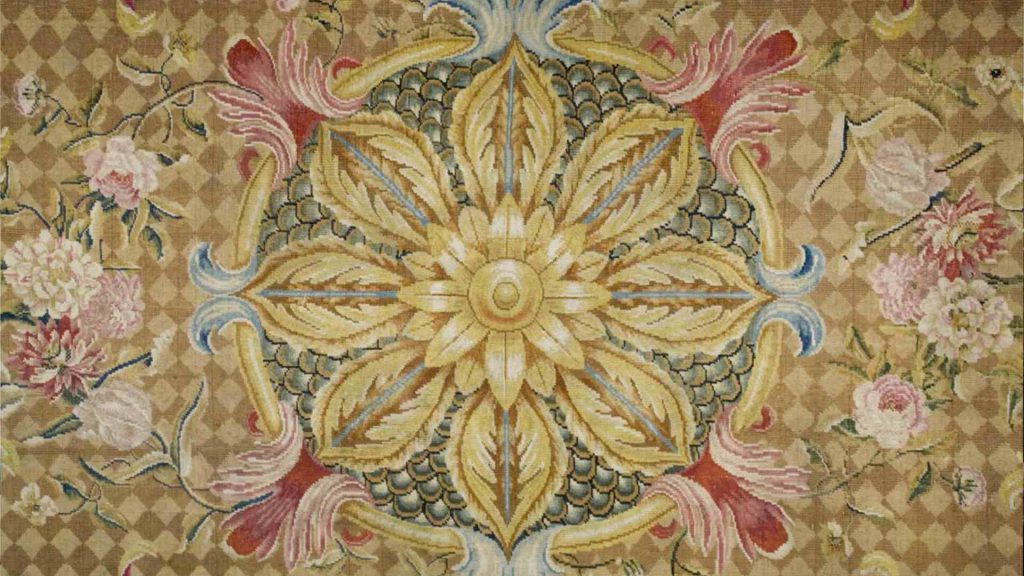Outside London, the largest foreign communities in England in the late 17th century were in Devon, Canterbury, and East Anglia where about a third of each population was Huguenot. In Devon, the largest groups were in Exeter and Plymouth. These settlements came about because of each town’s proximity to the sea and relationship with the textile trade, where immigrants could obtain work. In Exeter there were opportunities for skilled weavers in the flourishing serge business. The city briefly became famous for carpet production thanks to Swiss Huguenot Claude Passavant, who purchased a London workshop in 1755, and brought many of the weavers to Exeter. The designs they wove are thought to have been broughtfrom France. Just three Passavant carpets have survived. They are at the V&A Museum, Petworth House and in a private collection.
A Huguenot conformist congregation was started in 1686 at St. Olaves Church, on Fore Street – one of two churches used by the settlers, There was also a non-conformists congregation, founded iin 1620. Those that attended St. Olaves numbered 120 in 1715, under the minister Andrew Majendie. Services were conducted in French, and the church was popularly known as the French church. This ceased in 1758 when its members joined the Anglican Church.
A link to Exeter’s Huguenot past exists today in the gentlemen’s outfitters Luget, located in the Cathedral Yard. The Luget’s – Anne and James – are thought to have been French Huguenots, who married in Exeter in 1806. Their son Follet Luget, born on 17 December 1817, became a tailor and established the name’s association with tailoring in the City.

